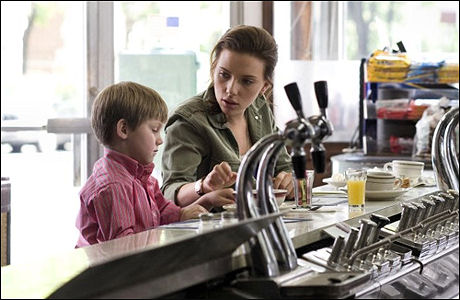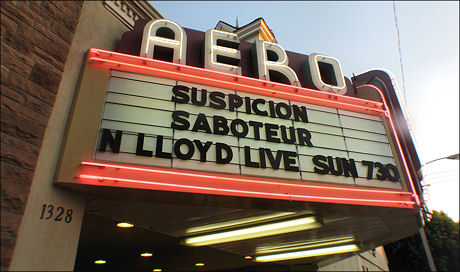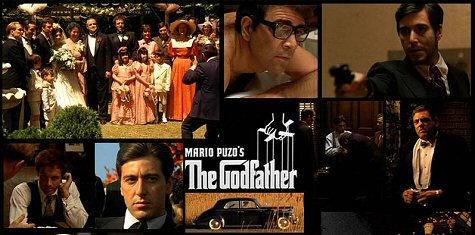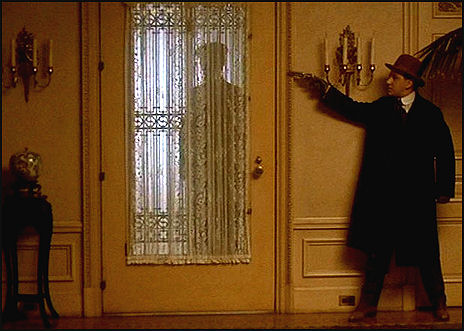The thing that really works for me about Superbad is that Michael Cera‘s “Evan” character is bright, dry, sensible, whimsical — an ethically upstanding guy and not all that much of an emotionally crude, sexually obsessed emotional infant. He’s not, in other words, like many (most?) leading guys in today’s comedies. Without Cera to balance out Jonah Hill, Superbad would be too sploogey and nowhere near as likable.
The Globe and Mail‘s Johanna Schneller puts it thusly: “Knocked Up, The Break-Up, Wedding Crashers, Failure to Launch, About a Boy and The 40-Year-Old Virgin, man-boys with after-school-calibre jobs — played by, respectively, Seth Rogen, Vince Vaughn (in the second and third films), Matthew McConaughey, Hugh Grant and Steve Carell.
They “are hauled into adulthood by women mature and well-employed: Katherine Heigl‘s E! correspondent, Jennifer Aniston as an art dealer, Rachel McAdams as the brainy daughter of a U.S. treasury secretary, Sarah Jessica Parker as a family “interventionist,” Rachel Weisz as a single mom. (The tagline for About a Boy is, literally, ‘Growing up has nothing to do with age.’).
“Related films include Hot Rod, Old School, Fever Pitch, Big Daddy, Shallow Hal and School of Rock.
“In them, the man-boys take smelly poos, vomit, play video games, surf Internet porn, guzzle beers, watch countless hours of TV, and masturbate. A lot. They are more childlike — more id-driven — than actual children. Yet they also manage to get those sublime women to have sex with them, and even to fall in love with them. Unlike previous generations of romantic comedies — which are beautifully explicated in David Denby‘s essay, “A Fine Romance”, in the 7.23 issue of The New Yorker — in this generation, sex comes way before love.”












